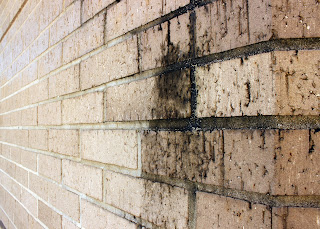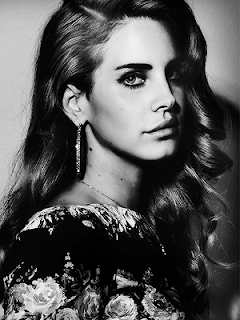File Format
RAW VS JPEG
3 advantages of RAW:
-higher in dynamic range
-more control of editing photos
-when the white balance is off, it's easier to fix it as a RAW file than as a JPEG.
1 disadvantage of RAW:
-photos take longer to save
3 advantages of JEPG:
-higher in contrast
-sharper
-shoot more shots because the slowest part of the whole process is actually saving the file to the memory card.
1 disadvantage of JEPG:
-lower in dynamic range
WHY SHOOT IN RAW?
.nef- no, I have a canon
3 advantages of RAW:
-higher in dynamic range
-more control of editing photos
-when the white balance is off, it's easier to fix it as a RAW file than as a JPEG.
1 disadvantage of RAW:
-photos take longer to save
3 advantages of JEPG:
-higher in contrast
-sharper
-shoot more shots because the slowest part of the whole process is actually saving the file to the memory card.
1 disadvantage of JEPG:
-lower in dynamic range
WHY SHOOT IN RAW?
1. Under the first heading "Capturing the Images," how much of the data does a RAW file retain after it is captured by the camera?
A RAW file retains all the information and data after it is captured by the camera.
2. Under the second heading "Processing the Files," what are some of the things that a RAW file enables a photographer to edit after the image is taken?
A RAW file allows the photographer to edit white balance, contrast, highlights, shadows, colors, and saturation.
3. Under the third heading "Practicalities," what are some of the factors that photographers must consider when deciding to shoot in RAW?
Photographers must consider whether or not they have enough memory on their cards because RAW images take up more space than JPEGs do. It's also important to be aware that a RAW file can be converted into a JPEG file, but a JPEG file cannot be converted into a RAW file.
4. Under the fourth heading "Which one is for you?" why would an aspiring professional photographer need to know how to work with RAW files?
A professional photographer would need to know how to work with RAW files so they can work on their editing skills and techniques for further success.
File Formats
1. Which file formats discussed have you used in the past?
I've used JPEG, PNG, HDR, and GIF.
2. What is the difference between a Raster and a Vector file?
Raster files is positively correlated with the resolution, image's size, and the color depth, while vector images can have any dimension independent of file size.
1. Is this format lossy or lossless?
.jpeg- lossy
.tiff- lossless
.psd- specific to Photoshop
.dng- lossless
.nef- lossy/lossless
2. What are common uses for each? By this I mean where would I publish each of them for the highest quality.
.jpeg- Typically used for portraits, landscapes, and for colorful, complex images.
.tiff- Used for creating better quality images.
.psd- Used for Photoshop images.
.dng- Used for canon camera's images
.nef- Used for nikon camera's images
3. Can you create this type of file in your camera?
.jpeg- yes
.tiff- yes
.psd- no
.dng- yes


Comments
Post a Comment